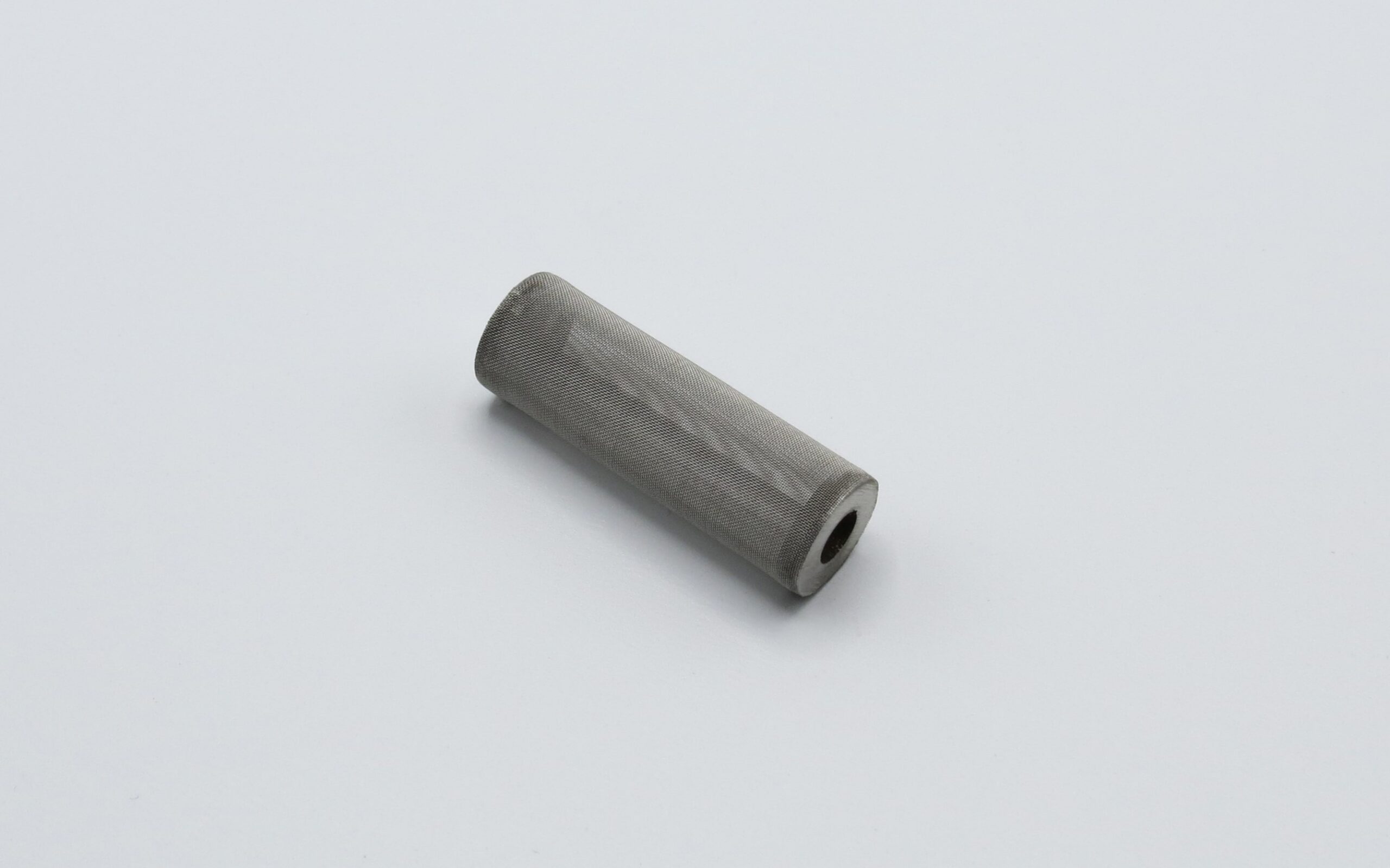The Unsung Hero of Your Fuel System: The Gas Tank Pickup Tube Screen
Ever wondered how your car consistently gets a steady supply of fuel, even when driving on bumpy roads or with a low tank? The answer lies in a small but mighty component: the gas tank pickup tube screen. Often overlooked, this unassuming part plays a critical role in ensuring your engine runs smoothly. Think of it as the gatekeeper of your fuel system, filtering out debris and keeping your engine happy.
The gas tank pickup tube screen, sometimes called a fuel strainer, fuel sock, or pickup screen, is a mesh filter attached to the end of the fuel pickup tube inside your gas tank. Its primary function is to prevent contaminants like rust, dirt, and sediment from entering the fuel pump and subsequently, the engine. This little filter acts as a crucial line of defense, protecting your fuel system from potentially damaging particles.
The history of the fuel pickup screen goes hand-in-hand with the evolution of the internal combustion engine and the automotive fuel system. As engines became more sophisticated and reliant on clean fuel, the need for a filtration system within the tank became apparent. Early fuel systems were less refined and susceptible to clogs from impurities in the gasoline. The introduction of the pickup screen was a significant advancement, ensuring a consistent flow of clean fuel to the engine and reducing maintenance issues.
Imagine trying to drink a smoothie through a straw clogged with fruit chunks. That's essentially what happens to your engine when the fuel supply is contaminated. The fuel pump struggles, and the engine can sputter, stall, or even suffer damage. A clogged fuel filter outside the tank can also result from debris bypassing a damaged or missing fuel pickup screen. This highlights the importance of a functioning pickup screen in maintaining the overall health and longevity of your vehicle’s fuel system.
The importance of this small component cannot be overstated. A clogged or damaged fuel pickup screen can lead to a variety of problems, from reduced fuel efficiency and engine hesitation to complete fuel pump failure. Replacing a fuel pump can be a costly repair, often exceeding several hundred dollars. In contrast, a new pickup tube screen is relatively inexpensive and easy to replace, making it a smart preventative maintenance measure.
The fuel pickup assembly, consisting of the tube and the screen, is submerged within the fuel tank. As the fuel pump draws fuel, the screen filters out any solid particles. This clean fuel then travels through the fuel lines to the engine. A simple analogy would be a tea infuser, separating the tea leaves from the liquid.
One of the primary benefits of the fuel strainer is improved engine performance. By ensuring a clean fuel supply, it prevents blockages in the fuel injectors and other sensitive engine components.
Another key advantage is extended fuel pump life. The screen protects the pump from ingesting debris, which can cause premature wear and tear. This translates to significant cost savings in the long run.
Finally, a functioning fuel strainer contributes to better fuel economy. A clean fuel system operates more efficiently, optimizing fuel consumption and potentially saving you money at the pump.
Advantages and Disadvantages of a Gas Tank Pickup Tube Screen
| Advantages | Disadvantages |
|---|---|
| Protects the fuel pump | Can become clogged over time |
| Improves fuel economy | Requires replacement periodically |
| Extends engine life | Can be difficult to access for replacement |
Five best practices for maintaining your fuel pickup screen include regular fuel filter changes, using high-quality gasoline, inspecting the screen during fuel pump replacements, avoiding running the tank extremely low, and addressing fuel system issues promptly.
Common challenges include clogging, damage from debris, and improper installation. Solutions involve replacing the screen, cleaning the fuel tank, and ensuring correct fitment during installation.
FAQ: 1. What is a gas tank pickup tube screen? 2. Why is it important? 3. How often should it be replaced? 4. What are signs of a clogged screen? 5. Can I clean it instead of replacing it? 6. How much does a replacement cost? 7. Can I install it myself? 8. Where can I buy a replacement?
Tips and tricks include checking the screen during any fuel system work and using a fuel system cleaner periodically.
In conclusion, the gas tank pickup tube screen, often overlooked, plays a vital role in the health and longevity of your vehicle’s fuel system. From preventing costly repairs to ensuring optimal engine performance and fuel efficiency, this small component offers significant benefits. Understanding its function, maintenance, and troubleshooting can empower you to keep your car running smoothly for years to come. Don't underestimate the power of this tiny but mighty filter. Regular maintenance and timely replacement can save you money and headaches down the road. So, next time you're thinking about car maintenance, remember the unsung hero of your fuel system: the gas tank pickup tube screen. It’s a small investment that can make a big difference.
Navigating your future understanding ptptn loan amounts
Conquer the lake your guide to the best water tubes
Bahagian pengurusan pekerja asing a deep dive













